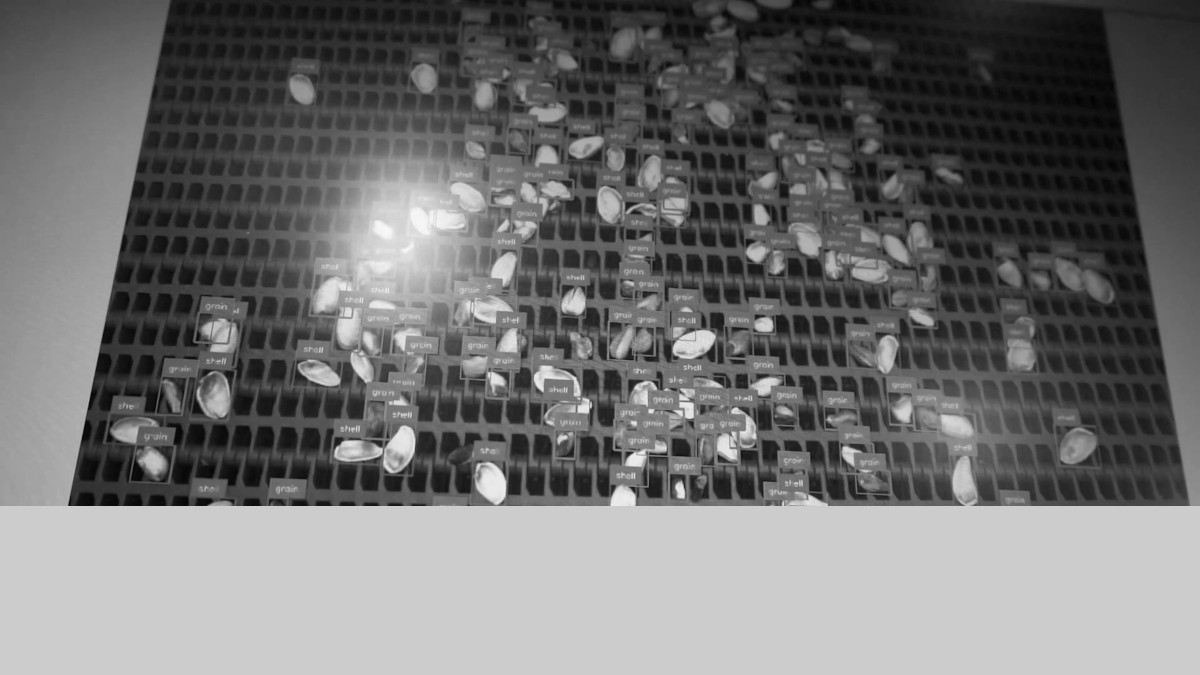
CLIENT’S NEED
Although tourism is one of the main economic engines of our country, representing 14.6% of GDP, and the fact that each euro invested in technology becomes €7 for GDP within 5 years, there are still very few initiatives focused on combining these two productive sectors. This, if possible, is even more important in post-COVID times, since the way in which tourists visit our cities has drastically changed in comparison to before the pandemic. The tourist, now more than ever, demands autonomy, self-sufficiency, as well as the ability to continue enjoying the fruits of tourism without exposing oneself to the dangers of crowds.
At Biyectiva, we recognized this growing need and we embarked together with the Murcia City Council in the search for a new and sustainable way of doing tourism. The answer was the creation of NexTour: an app that recognizes any tourist landmark in the city and creates interactive tours for users.

CHALLENGES AND DIFFICULTIES
During the development of this project we encountered difficulties that were not only technical,
but also related to usability and user experience. On the technical side, this system is
required to have the capacity to be used massively by tourists, given that more than 83 million
tourists normally visit our country. This not only results in a greater load on classical
computing servers, but also those in charge of Artificial Intelligence (more difficult to scale
and accommodate the volume).
We also wanted to offer the same app for both iOS and Android platforms. However, one of the
main problems with cross-platform technologies
on the market is that they do not usually guarantee a unique look and feel across platforms.
SOLUTIONS
The NexTour system is based on patented Artificial Intelligence technology that allows the recognition of the monument, enclave, or tourist building that the user points to through a photo. Thus, tourism is gamified and dynamic, allowing tourists to interact with the application in an entertaining way and receive discounts, promotions, and exclusive information as a perk.
To guarantee scalability, a key requirement in this project, we rely on cloud computing platforms: Amazon Web Services (AWS). This ensures that our systems can scale automatically, as needed. If there is a peak in tourists at any given time, more servers will automatically be available to process this excess load. On the other hand, the Computer Vision system distributes the load between the mobile terminal and the server, giving rise to a fully distributed system. This implies that part of the system's brain resides in the tourist's smartphone. Thus, an increase in the number of tourists does not translate into a linear increase in the computing needs of Computer Vision. This strategy, despite the complex design, guarantees the scalability and robustness of the solution.
Regarding accuracy, our patented technology makes use of Convolutional Neural Networks that allow us to achieve 99.3% accuracy in recognition - a really high value that ensures unparalleled usability for tourists.
Since Nextour is used by tourists of all ages, the user experience had to be top-notch and, therefore, unifying interfaces between platforms was a requirement of the project. We decided to use React Native, a cross-platform technology that allows the design of unified interfaces and creates mobile components with a look and feel that is typical of the platform (iOS or Android) where it runs.
RESULTS
All this work materializes on two sides of the same coin. The tourists, on the one hand, see an easy-to-use APP that allows them the freedom to get to know the city as they please. They can stop whenever they want to make purchases, discover new forms of leisure, or obtain more information by following the links present in the APP. NexTour is a personal guide in the palm of their hands.
On the other hand, the authorities have a milestone management panel that allows them to modify existing routes, full visibility, and traceability of the use of the Nextour APP. This makes it easy to know the total number of tourists or residents who use the app, where they are stopping the most, and which monuments generate the most interest.




























